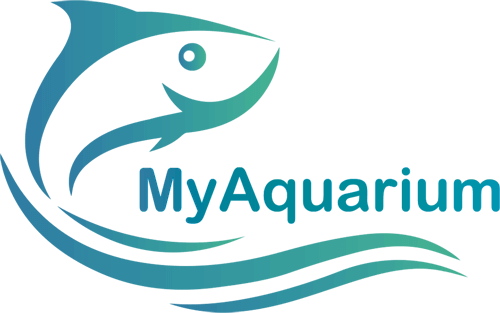The Hawaiian Whitespotted Puffer (Canthigaster jactator) is a fish considered easy to care for and quite resistant. However, the hobbyst may face some problems regarding his behavior, as he tends to nibble and tear off small pieces of his tank mates fins.
Below, check out a complete Hawaiian Whitespotted Puffer care guide. Learn about water parameters, food and feeding, appearance, behavior, tank mates, reproduction and tank setup.
Hawaiian Whitespotted Puffer – Care Guide
Technical Details
Name: Hawaiian Whitespotted Puffer, Hawaiian Whitespotted Toby;
Scientific Name: Canthigaster jactator (Jenkis, 1901);
Family: Tetraodontidae;
Species Origin: Pacific Ocean;
Length: Up to 3,5 inches (9 centimeters);
Life Span: Between 5 – 8 years;
Care Level: Easy;
Water Parameters
pH: 8.1 – 8.4;
Water Hardness: Between 8 – 12;
Temperature: Must be kept between 22 – 25°C;
Distribution / Habitat
The Hawaiian Dwarf Pufferfish is found only in hawaiian waters and undoubtedly in adjacent areas around the Hawaiian Islands. It usually inhabits reefs in shallow waters, although it can also live in deeper waters.
Appearance / Sexual Differences
The Hawaiian Dwarf Pufferfish has a tan body and a whitish belly. Its many white spots from the middle to the posterior half of the body are outlined by thin black lines. Spots near the front half of the body and the area around the muzzle are a light turquoise. In addition, there is a dark, almost black spot or zone at the base of the dorsal fin.
The Hawaiian Dwarf Pufferfish is often confused with the species C. solandri, which has spots on the tail and lines around the eyes. However, it closely resembles C. janhinopterus, which has pale streaks running across the fish’s snout. All these species mentioned also have a pointed snout.
The Hawaiian Dwarf Pufferfish can grow up to 3,5 inches (9 centimeters) in length and live between 5 and 8 years under good care.
There is no relevant information about the differences between the male and female of the species.
Foods and Feeding
Omnivorous. The Hawaiian Dwarf Pufferfish feeds on a wide variety of crustaceans, echinoderms and invertebrates such as sponges, tunicates, bryozoans, as well as polychaetes, sea urchins, stars, crabs, shrimp and fish.
Due to its food preferences, it isn’t a recommended fish for reef tanks. However, it does well in a fish-only tank.
Try to feed him a variety of protein foods, including pieces of shrimp, squid, clams and fish. In addition, he will also accept algae (Nori) and vitamin-enriched flake food.

Temperament / Behavior
The Hawaiian Dwarf Puffer has semi-aggressive behavior, but quite territorial. It will follow other fish around the tank and poke at their fins, pulling off small pieces.
These fish don’t get along well with others of their own kind, unless they are a proven pair.
Tank Mates
As I mentioned above, the Hawaiian Dwarf Puffer isn’t a recommended fish for reef tanks, as it can feed on their polyps. In addition, it is important to be careful when including it with any other invertebrates, as these can also become food for Pufferfish.
The main tank mates for the Hawaiian Dwarf Pufferfish should be similar in behavior, fast swimming and short fins.
Reproduction
The Hawaiian Dwarf Puffer is a territorial fish that lives in pairs or in small groups formed by an male and 3 or 4 females.
The males protects their small kingdom formed by the territories of the females who, in turn, defend them from the other females, swimming together to the chosen one of the harem.
These small territories measure about 1 – 6 meters in diameter and the landscape is carefully checked at all times to see if anything has moved or if there are any intruders nearby.
The Hawaiian Dwarf Puffer is a fish that knows every corner of its territory. It’s interesting to note that he often falls into a deep sleep several nights in the same cave. Regarding swimming habits, he spends 50% of his hours swimming freely and 40% hidden, dedicating only 10% of his time looking for food.
Tank Setup
The fish tank size for the Hawaiian Dwarf Pufferfish needs to be at least 26 gallons (100 liters) for a single fish. It’s interesting to note that the species isn’t indicated for reef tanks, as it tends to feed on its polyps.
I recommend that you add lots of live rocks to the tank so the puffer can graze on algae, but remember to create caves and slits so he has a place to rest.
References
Randall, J.E., 1985. Guide to Hawaiian reef fishes. Harrowood Books, Newtown Square, PA 19073, USA. 74 p. (Ref. 3921);
Froese, Rainer; Pauly, Daniel (eds.) (2006). “Canthigaster jactator“. April 2006 version.;




